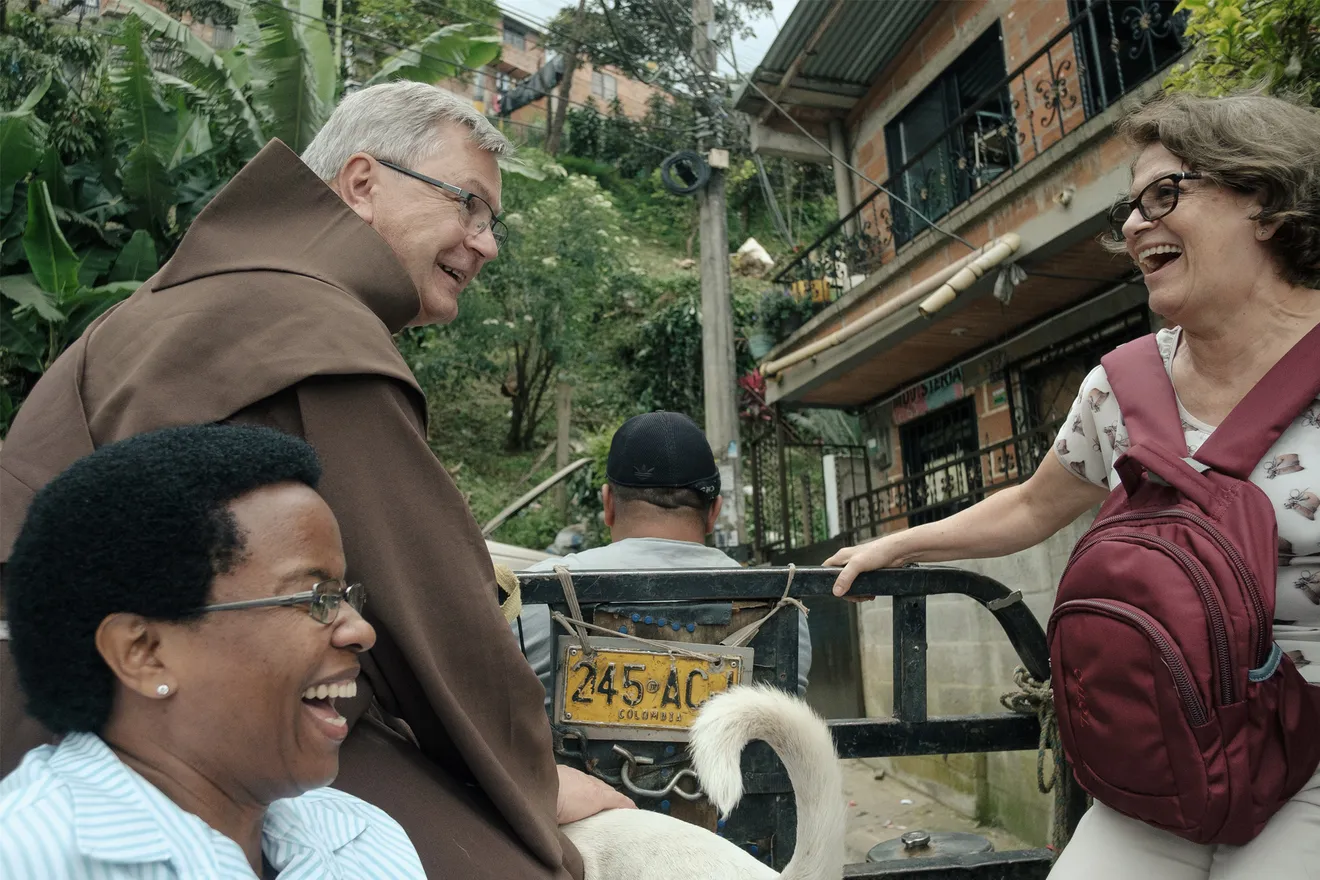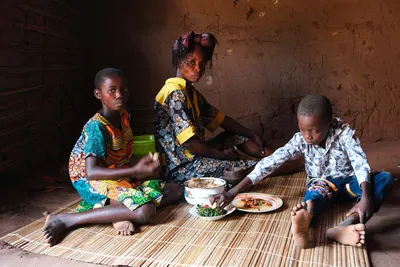Power Dynamics Within Photography
This article was first published in the November 2020 edition of No! Wahala magazine. Anne Nwakalor offered to share it on the Fairpicture blog.
When picking up a camera to take a photo, for some, one of the first thoughts that come to mind is whether the image is well composed, whether what they are about to photograph is interesting, and visually pleasing, if the lighting will be good enough helping the image become well-exposed amongst a range of other thoughts that pass by before clicking the shutter button.
One thought however that many photographers do not take into account is how they are representing the person they are photographing and whether they are capturing that individual in an ethical and respectful manner.

How close is too close? How much context is necessary? What is too much? Whoever takes photographs enters into relationships, and these relationships always express power. Becoming aware of this is an important step. In the picture, Sister Dilia, Brother Matthias Maier, Sister Rita and Sandra, board a neighbourhood transport in el Faro, Colombia.
Photo: Jorge Panchoaga / Franziskaner Helfen / Fairpicture
When a photographer, especially a photojournalist or documentary photographer, picks up their camera to photograph a contributor (using the term ‘Contributor’ humanises the individual much more than the term ‘subject’), there is a power dynamic that takes place, which unfortunately can have seriously damaging effects if not paid attention to.
When a photographer picks up a camera and points it at someone, an exchange of power takes place, the photographer becomes the dominant figure, enabling them to not only photograph but depict the contributor in a certain manner that may actually be a misrepresentation of them. In regard to the contributor, they become vulnerable, their image (physically and interpretational) has now been placed into the hands of the photographer, leaving them in a position where they become an object before the lens and depending on how they are photographed, it could potentially be dehumanising altogether. This power dynamic is inherent, despite making one feel quite uncomfortable, there is also no use ignoring it in a bid to be ‘humble’. Recognising one’s power by having a camera at hand, should make you aware of a variety of issues in aiding you to take photographs ethically and respectfully.
According to scholars Catherine Lutz and Jane Collins in their book, ‘The Photograph as an Intersection of Gazes’, they mentioned:
"…From another perspective, the photograph has been said to necessarily distance the viewer by changing the person photographed into an object- (…) and promoting fantasy"
Photography and Fetish, Metz, 1985
This extract implies that the process of photography in itself could, in fact, transform the contributor from a person, into an object at risk of having another person’s fantasies, desires, opinions and misconceptions projected onto them. Due to the fact that the viewer is unable to hear, smell or feel the person, it solidifies them more as a commodity.
Despite the heavy influx of information and the possible feelings of guilt and shame after realising the power that a photographer possesses, I am aware that the next question people might ask is ‘so what should I do? Hang up my camera for good and seek out a different career path?’ No, definitely no. What you do need to be aware of is how to use the power that you possess as a photographer to do good, and here are a few simple things to be mindful of when seeking to take images in an ethical manner.
- Do you know your contributor? When photographing people either for an assignment a commission or a personal assignment, getting to know your contributor will definitely aid you in your quest of taking ethical images. Taking time, whether it be a few days or a few minutes to get to know the person you are photographing, asking them questions about themselves, their interests or maybe even their views on the topic that you are photographing, will help you to see that person as much more than a ‘subject’ that you are photographing, but as a human being. Despite the need to stay as objective as possible as a documentary photographer, it is also important to ensure that in your desire to be “objective,” you don’t unintentionally prevent the human elements coming through by taking generic images.
- Be conscious of what is going on in the frame. There have been constant criticisms in regard to the way that some INGOs/NGOs and organisations have chosen to photograph certain individuals. In a bid to raise money for a cause, at times they have unfortunately ended up depicting the contributor in an undignified and degrading manner. It is imperative to be aware of what is going on in your frame and how the person in front of the lens is being presented. If you are doing a shoot for an INGO in a community or village, and you can see that there are flies on your contributors face, it is important to ask yourself what the implications of choosing to take the image like that are. It is also important to question what the benefits of helping that person remove those flies from their face before clicking the shutter button would also be. Another typical example is when babies or children are being photographed for charitable purposes. What would be the projection of that child being photographed with nasal discharge around their nose or dirt on their face, compared to you encouraging the parent or the carer to clean up the child’s face for the image. Raising money by depicting suffering in an undignified way, is something that the photography industry is trying to move away from, so avoid being complicit with these issues.
- How do you portray your subjects in the captions and narrative? When writing about the images you have taken of someone, either through the captions or narrative, it is important to be as accurate as possible with the information provided. A caption is a literal description of what is going on in the images, where and when the image was taken, who is in the image, etc. One small error, misinformation, or lack of information can completely change the perception and context of the person who has been photographed. The same applies for when a narrative is being written, sensationalising or manipulating certain facts to make the story sound more appetizing can completely dismantle the image of a person, transforming it into something else either positive or negative.
In conclusion, these are just a few out of many issues to be aware of. Not to sound cliché, but with great power comes great responsibility and as a photographer, it is your responsibility to tell stories ethically.
Anne Nwakalor is a British-Nigerian Photo Editor and Communication Expert based between Manchester, UK and Abuja, Nigeria. She is the Founding Editor of one of Africa's first contemporary photography magazine; No! Wahala Magazine, which is a print photography magazine championing authentic visual stories told by African creatives.
Latest blog posts
Our community's inspiring voices

May 2025 - Noah Arnold
Civil Society Under Pressure: The Role of Transparent Communication and Ethical Storytelling
Discover how transparent communication and ethical storytelling can help NGOs and non-profits build trust, foster inclusion, and challenge traditional narratives.
Learn more about Civil Society Under Pressure: The Role of Transparent Communication and Ethical Storytelling

April 2025 - Jörg Arnold
Visual Communication on a Tight Budget
Why do so many communication, marketing and fundraising managers struggle to find budget for photography and video production, and why do we need to solve this?
Learn more about Visual Communication on a Tight Budget

April 2025 - Laura Abad Guerrero
AI, Copyright, and the Ethics of Consent
What OpenAI and Google’s copyright requests reveal about power, ownership, and ethical storytelling in the age of AI.
Learn more about AI, Copyright, and the Ethics of Consent
 by
Anne Nwakalor, November 2022
by
Anne Nwakalor, November 2022